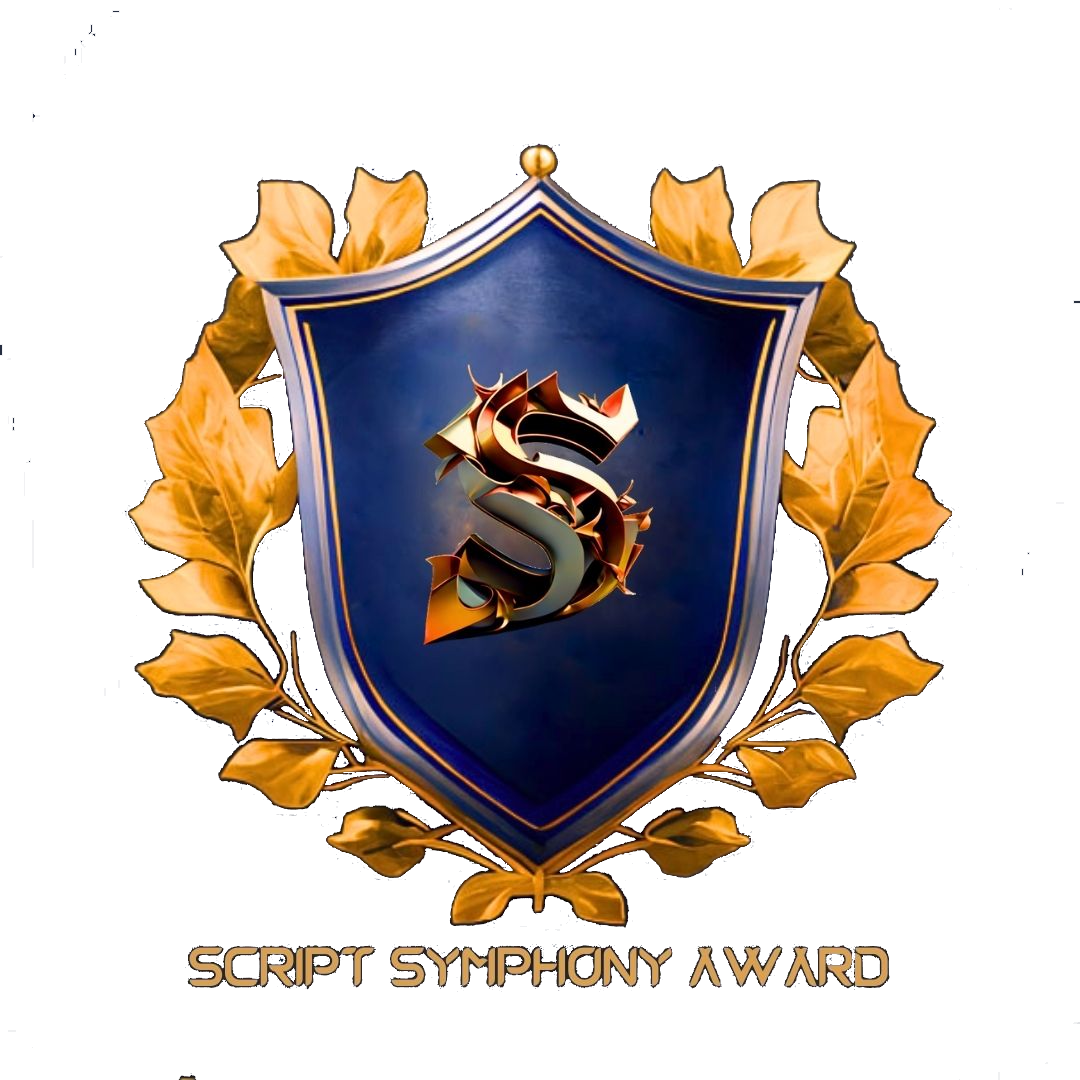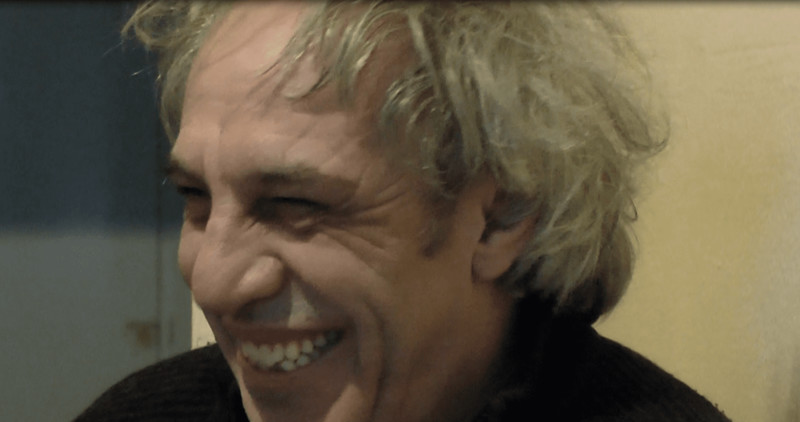💫 SPOTLIGHT / INTERVIEW 💫 An exclusive interview with director Erdogan Bulut about his experimental film 'Us Still Exists.'
"Us still exists - Ma hama esti - Uns gibt es noch"
Look at yourself in the mirror and recognize your double self, which flies like a butterfly from tree to tree, from country to country, without being destroyed.
The 62-minute experimental film flows like a river from which further animations challenge us. The intense film music speaks to us as instead of the forms and figures depicted in the film.
The content of the film concerns the current situation in the world with its social conflicts in connection with the natural disasters of our time.
The film title “Ma hama esti” is formulated in the Zazaki language, in Zaza, the mother tongue of many other languages, a language that is under threat.
Ma Hama esti means that we still exist.
Can you tell us about the inspiration behind "Ma hama esti"? What motivated you to create this film?
World affairs inspired me to make this movie.

The title "Ma hama esti" is in the Zazaki language. Why did you choose this title, and what significance does it hold for you personally and culturally?
We “natives” still exist. We have a slightly different relationship to the world, we sense things before they happen, see some things beforehand and perceive what is happening around us with a strong intuition.
"Ma hama esti" addresses social conflicts and natural disasters. How do you see these themes intersecting in today's world, and how did you convey them in your film?
One causes the other.

You've worked across various mediums—painting, sculpture, installation, NFT, and experimental film. How do these different forms of art influence each other in your work?
The language often has too few letters. Colors and shapes are more direct and enable a differentiated, multifaceted narrative. They also tell a story when language is not yet available or not sufficient.
All art forms depend on each other. I broke new ground early on in painting and expanded painting sculpturally in my works in order to connect space with art, to turn the artwork into a hybrid space that can be experienced by the senses and to overcome the limits of single-image painting with conventional means. The experimental films enable me to work with a different form of pictorial and painted narrative and to establish a different kind of communication with the viewer, e.g. to take them on a journey through time and make it possible to experience time itself.
The NFTs were initially images and short scenes that had not been used in the films, but developed a life of their own and were thus transformed.

What challenges do you face when creating experimental films compared to other art forms?
I also want to bring something new to my films. Whether I will succeed in doing this with my films and perhaps even open a door and find another path is for others and also for time to decide.
"Ma hama esti" has received numerous awards and recognitions. How do these accolades impact your career and future projects?
Positive and encouraging, they give me strength. The film projects take time to produce quality.
The Zazaki language is mentioned as being under threat. How does "Ma hama esti" contribute to preserving or raising awareness about this language?
I hope that the Zazaki speakers will pass on their language to their children and that people will not put their mother tongue in the background, but see it as a good foundation for learning other languages more easily. Zazaki is one of the oldest languages in the world, the root of all Indo-Germanic languages, and shares similarities with French and Italian. It is desirable that the culture of the Zaza people, the philosophy and religion of Zarathustra, as well as the long and varied history of the Zaza are valued by themselves as an enrichment for their lives and for their individuality in our time.
As an experimental film, "Ma hama esti" challenges traditional storytelling. What do you hope audiences will take away from this unconventional approach?
The reduced moments from the traditional narrative in “Ma hama Esti” are part of our visual memories, but the film as a whole wants to challenge the senses so that the viewer can experience and enjoy a different world view.
The images in my head are already connections between the present, past and future, the weighting of which then varies in the realization. My perception of time and space already contradicts conventional narrative forms in the way it is perceived and because of my view of the world as a whole.
For me, the world and all its differentiable building blocks are animated and the parts belong together. They can be protagonists at any time. This is similar to an animistic or pantheistic view of life, which sees fire, water, air and earth as sacred and has an intimate connection to nature and all life.
These elements change their cinematic state in the course of the film, thus remaining present and unfolding their respective meanings and effects on the viewer within the narrative through to sculptural and pictorial veneration.
The wealth of human experience, which in “Ma hama esti” is also linked to a seemingly distant past, the history handed down as mythology, can perhaps be understood as precious and perceived as significant for current life. The sacredness of the elements and of every life can perhaps be felt.
The film music carries the viewer like a bird watching, not to experience adventure, but to survive the adventure of life.

What advice would you give to aspiring filmmakers who want to explore experimental cinema?
Stay true to yourself and don’t try to conform to the norm.
What themes or issues are you most passionate about exploring in your future projects?
I am interested in current topics that I try to deal with fairly and I would like to reconnect with my childhood. There is a lot of research to be done:
The very old German Avesta contains linguistic errors that were contemporary, but which change the content. The search for earlier scriptural renditions, perhaps in Latin, Greek or Sanskrit. The customs, the traditional clothing, the crafts, the food, etc.
There is a lot that will be lost forever.
Can you share any upcoming projects or collaborations you are excited about?
There are films in the works.

Your director statement ends with 'Es lebe das Leben!' (Long live life!). How does this philosophy manifest in your work and personal life?
In my eyes, all living beings have a right to life.
I try not to kill insects, get on well with birds and have a good heart for all living beings.
Nature is changing and people are changing, which worries me.
Light was very important for us. Sunset and sunrise, the houses were oriented towards the sun. The front door faced east so that the sun shone into the hallway in the morning. In prayer, God should first give to all people, then to us.
It is about the loss of these fundamental and cross-cultural values, without which our lives can grow cold and our world darken.


